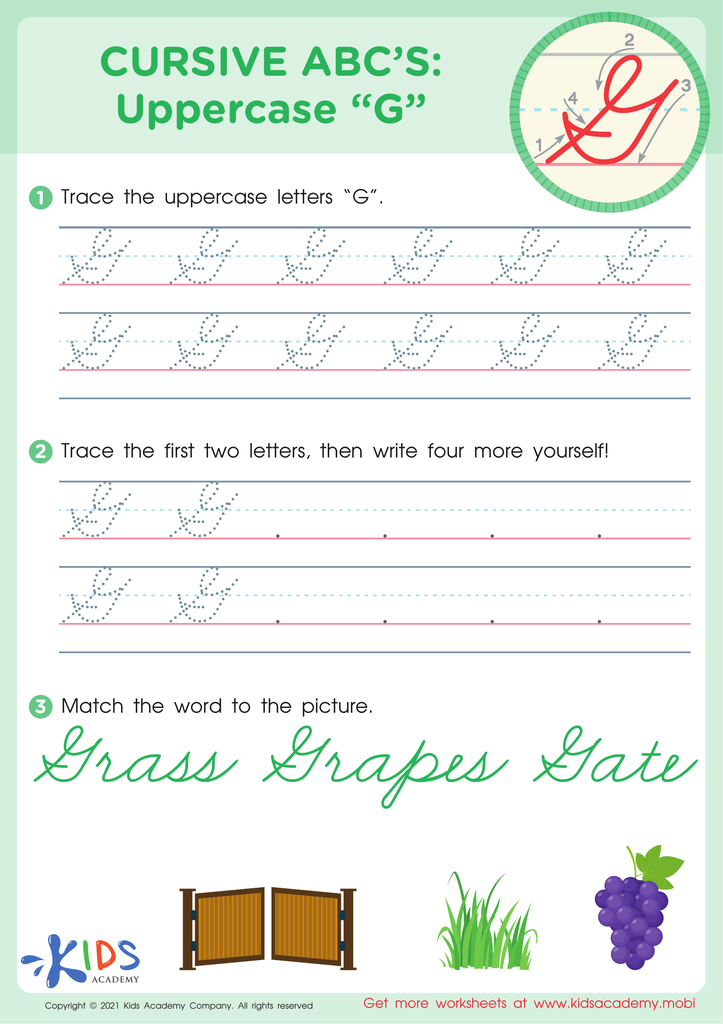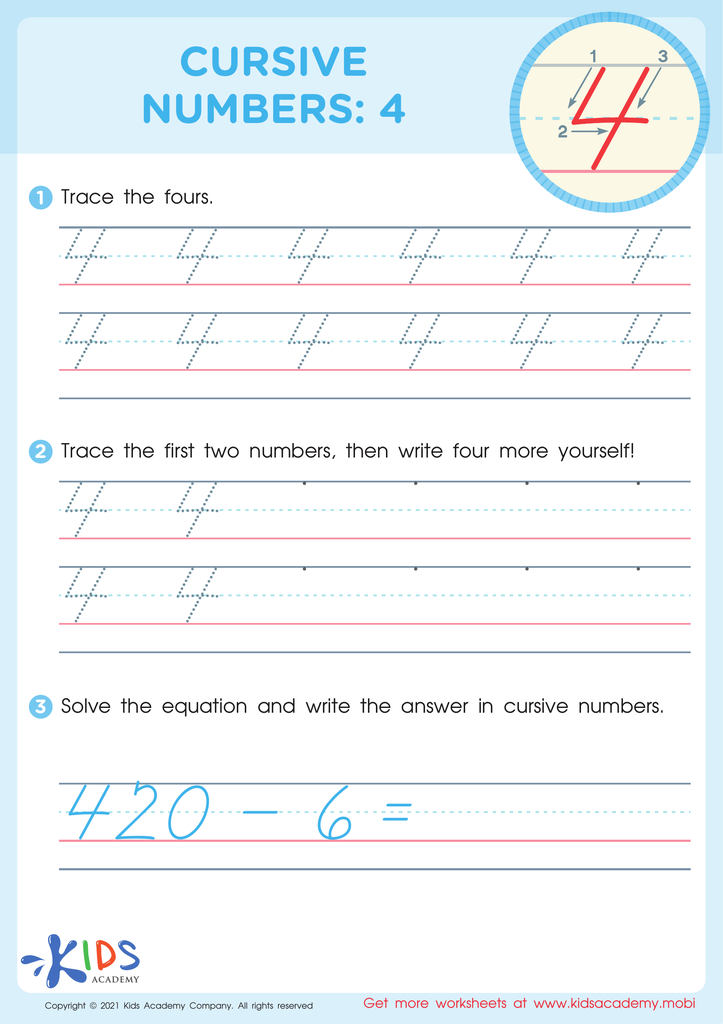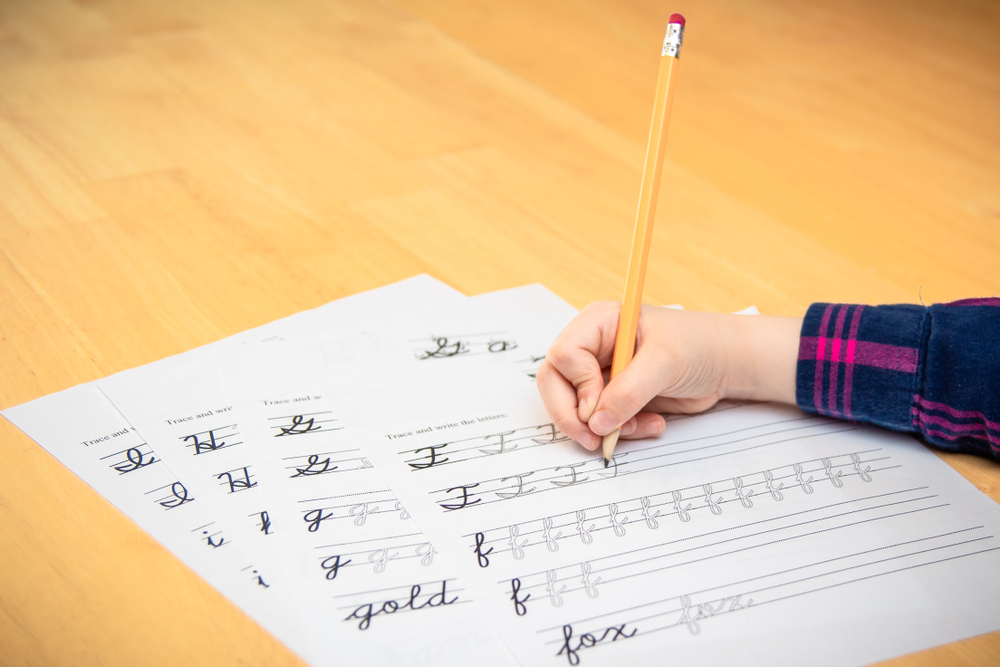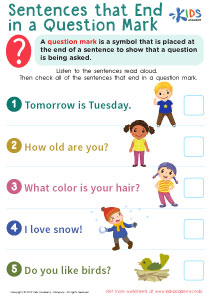Fine motor skills development Cursive Writing Worksheets for Ages 5-9
12 filtered results
-
From - To
Enhance fine motor skills with our engaging cursive writing worksheets designed specifically for children ages 5-9. These printable activities not only introduce cursive writing but also help young learners strengthen their hand coordination and control. As kids practice forming letters and words in a fun, interactive way, they gain confidence and improve their writing abilities. Our worksheets provide structured guidance, allowing children to develop essential handwriting skills while simultaneously exercising their fine motor functions. Perfect for at-home learning or classroom use, these resources serve as a valuable tool for cultivating proficient, neat handwriting and fostering a love for writing.


Cursive ABCs: Lowercase d


Cursive ABCs: Lowercase a


Cursive ABCs: Lowercase f


Cursive ABCs: Uppercase F


Cursive ABCs: Uppercase G


Cursive ABCs: Uppercase D


Cursive Numbers: 7 Worksheet


Cursive Numbers: 1 Worksheet


Cursive ABCs: Lowercase c


Cursive ABCs: Lowercase h


Cursive ABCs: Lowercase b


Cursive Numbers: 4 Worksheet
Fine motor skills development, particularly through cursive writing, is crucial for children ages 5-9. Firstly, these skills enhance students’ ability to hold and control writing tools, which is fundamental for academic success. Cursive writing, specifically, promotes fluid movement and hand-eye coordination, encouraging the brain's connection between cognitive processing and muscle memory.
Furthermore, mastering cursive strengthens a child’s confidence and self-esteem as they observe tangible progress in their handwriting abilities. This confidence can transcend to other areas of learning, fostering a positive attitude towards academic challenges.
In addition, learning cursive writing involves understanding the formation of letters and words, which supports language development. It aids in improving spelling, reading fluency, and overall literacy skills. Cursive writing—a skill often linked to higher-level thinking—also encourages creative expression, allowing children to convey ideas in a unique and personal manner.
Finally, with the rise of digital communication, cursive writing is often overlooked; however, it remains a valuable means of personal expression and documentation. By valuing fine motor skills through cursive writing, parents and teachers can help cultivate disciplined, creative, and proficient learners ready to navigate both academic environments and everyday life.
















